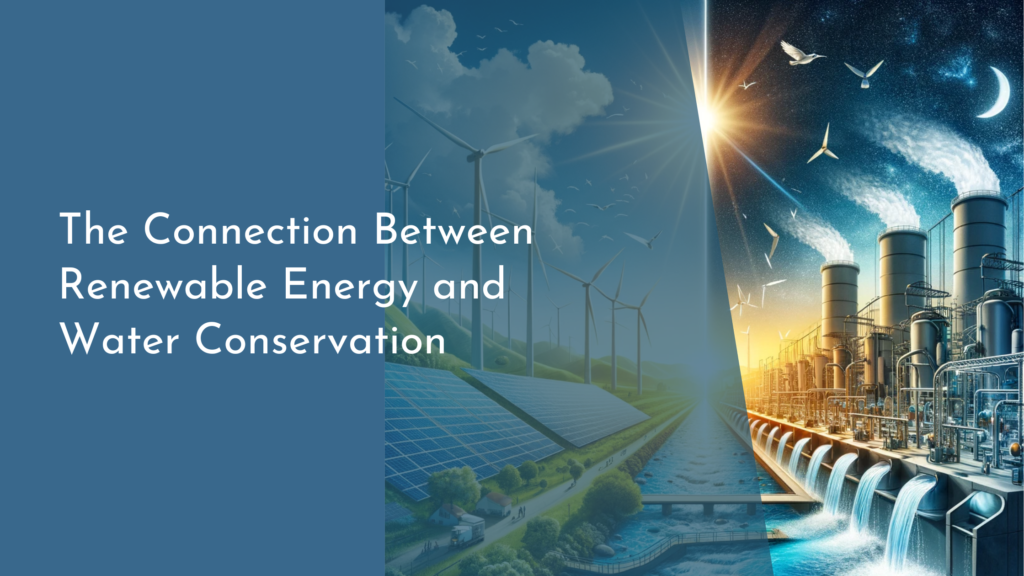Urban Forestry for Mental Health Recovery Facilities
In the hustle and bustle of urban life, mental health recovery facilities play a crucial role in supporting individuals in need of assistance. Increasingly, these facilities are recognizing the importance of incorporating nature into their healing processes. Urban forestry has emerged as a vital element in creating environments conducive to mental health recovery. By harnessing the power of trees and green spaces, we can foster improved well-being and resilience among those seeking to reclaim their lives.
The integration of urban forestry into mental health recovery strategies not only enhances the aesthetic appeal of care facilities but also facilitates psychological benefits that can lead to better outcomes. As studies continue to highlight the profound connection between nature and mental health, it becomes clear that trees are more than just physical structures; they are integral to our emotional and psychological wellness.
The Power of Nature: Boosting Mental Health Through Trees
Nature has an innate ability to heal and rejuvenate the human spirit. Research has shown that spending time in green spaces can significantly reduce stress, anxiety, and depression, leading to improved mental health outcomes. The presence of trees and vibrant green areas promotes a sense of tranquility, allowing individuals to escape the urban chaos and find solace in their surroundings. This natural therapy is vital for those in recovery, as it provides a peaceful space to reflect, grow, and heal.
Moreover, trees contribute to improved air quality and create microclimates that make urban environments more enjoyable. By filtering pollutants and providing shade, they not only enhance physical health but also support emotional well-being. The simple act of walking among trees or sitting in a shaded area can elevate mood and inspire positivity, making nature a powerful ally in mental health recovery.
Urban Green Spaces: A Sanctuary for Recovery and Healing
Urban green spaces serve as vital sanctuaries for individuals seeking recovery from mental health challenges. These areas offer a reprieve from the often overwhelming pace of city life, providing an opportunity for individuals to connect with nature and themselves. Parks, community gardens, and tree-lined streets create inviting spaces that encourage social interaction, physical activity, and mindfulness, all of which are essential components of mental wellness.
Incorporating urban green spaces into recovery facilities allows for a multifaceted approach to healing. Whether it’s through gardening, outdoor therapy sessions, or simply enjoying a moment of peace amidst the trees, these environments facilitate personal growth and resilience. By embracing nature as a healing partner, mental health recovery facilities can contribute to a comprehensive approach that addresses both the mind and body, fostering holistic recovery journeys.
Designing Healing Environments: Trees in Care Facilities
The design of mental health recovery facilities is crucial in promoting healing and well-being. By strategically incorporating trees and green spaces into their layouts, care facilities can create soothing environments that nurture recovery. Elements such as outdoor therapy gardens, shaded seating areas, and walking paths lined with trees allow individuals to engage with nature while undergoing treatment. These features not only enhance the aesthetic appeal of the facility but also provide essential therapeutic benefits.
In addition to improving the physical environment, the presence of trees and plants can encourage a sense of ownership and responsibility among residents. Engaging individuals in the care of these spaces fosters a sense of community and belonging, which is vital for mental health recovery. By involving residents in gardening and maintenance activities, mental health facilities can facilitate connections and support networks, further enhancing the healing environment.
Community Involvement: Engaging with Urban Forestry Projects
Community involvement is a key factor in the success of urban forestry projects, particularly in the context of mental health recovery. By engaging local residents, volunteers, and stakeholders, care facilities can create a robust support network that enhances the overall impact of green initiatives. Collaborative tree-planting events, community gardens, and educational workshops can foster a sense of shared responsibility for the environment, while also promoting mental health awareness.
Furthermore, collaboration with local organizations can lead to sustainable urban forestry projects that benefit both the community and mental health recovery facilities. By partnering with schools, non-profits, and local governments, these facilities can access resources, volunteers, and expertise necessary to maintain and expand green spaces. This collective effort not only enhances the physical landscape but also nurtures a culture of support and understanding around mental health, promoting long-term recovery for all involved.
Incorporating urban forestry into mental health recovery facilities is a powerful strategy that taps into the healing potential of nature. By creating serene and inviting environments filled with trees and green spaces, we can significantly enhance the recovery process for individuals facing mental health challenges. As we continue to explore the profound connections between nature and well-being, it becomes increasingly clear that fostering urban green spaces is not just beneficial—it is essential. Together, we can cultivate spaces that promote healing, connection, and hope for all members of our communities.

